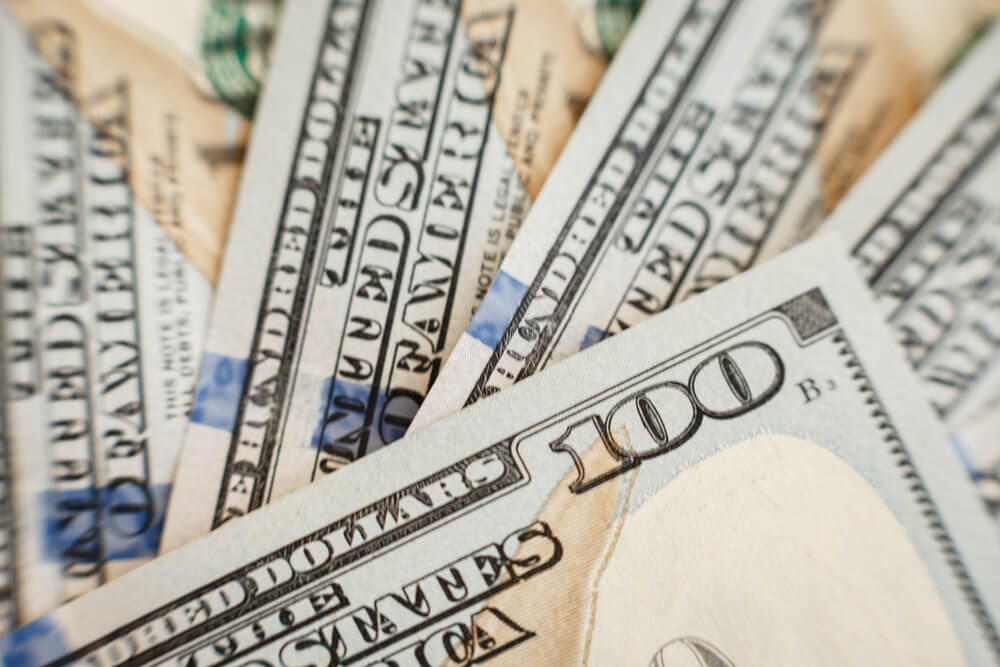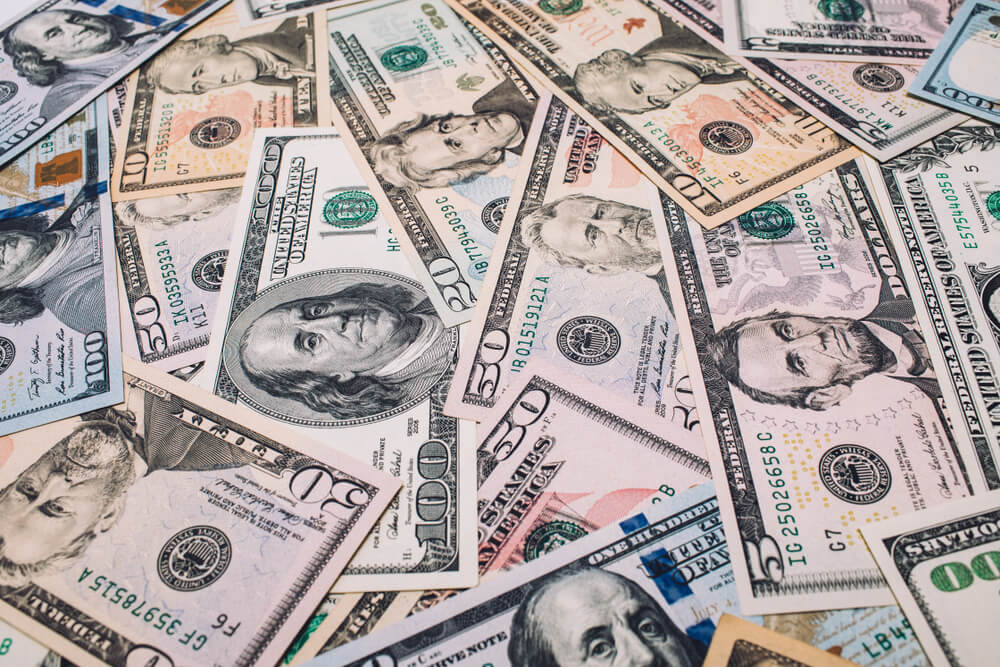Recently, the U.S. dollar is falling lower in comparison to other currencies. This occurred after the decline during the previous session when the Federal Reserve cut rates by 25 basis points.
In addition, it was in giving clarity unsuccessful about further easing.
Last Thursday, China‘s Ministry of Commerce confirmed that U.S. and Chinese negotiators are now entering what seems to be the “phase one” deal.
On October 11, it was also designated by President Donald Trump as encouraging speculation that a formal agreement could be proclaimed and potentially signed within days.
According to President Trump, as he was addressing reporters from Joint Base Andrews in Prince George’s County, Maryland, “We are looking probably to be ahead of schedule to sign a huge part of the China deal. It will be referred to as “phase one,” but it’s a vast portion.”
He also added, “That would take care of the farmers. It would also take care of some of the other things. It’ll also take care of a lot of banking needs.”
The statement was indicated before the departure of Air Force One last Monday.
Fed’s Interest Rate Cut Target
Today, the Fed announced it would cut interest rates and has a target range of between 1.50% and 1.75%.
Moreover, it has thrown down the previous phrase that “will act as appropriate” to withstand the economic expansion.
Elsewhere, the U.S. dollar index, which measures the greenback’s strength versus a basket of six major currencies, dropped 0.3% to 97.148.
Meanwhile, the safe-haven Japanese yen was higher with USD/JPY, which has inched down 0.7% to 108.07. The decline was from the weight of the trade tensions.
In a news report, Chinese representatives are allegedly unwilling to commit to any long-term deal.
The contract is with President Donald Trump, whom they see as untrustworthy.
Moreover, the hesitation is despite both countries making significant progress to a preliminary transaction in the coming weeks.
The report repeated familiar criticisms by Chinese officials. It is also struggling to have structural improvements demanded by the U.S.
The development required includes state subsidies and defense for intellectual property rights.
















